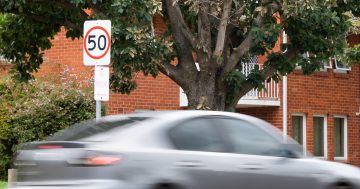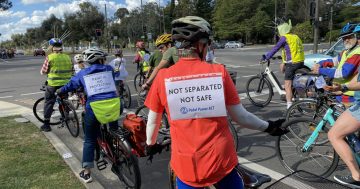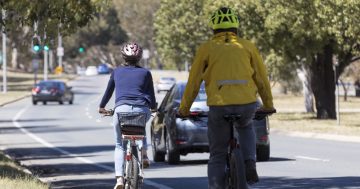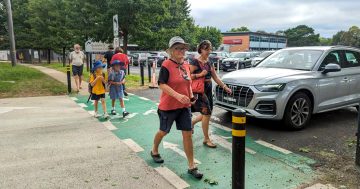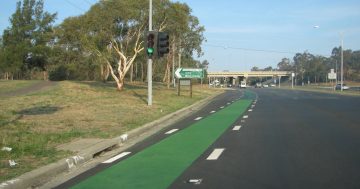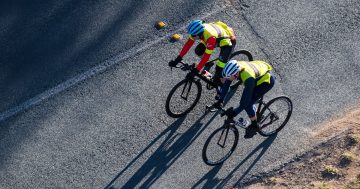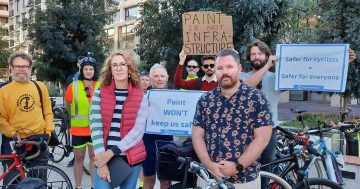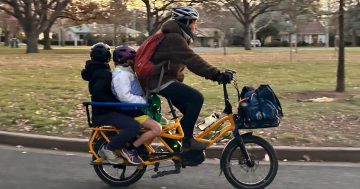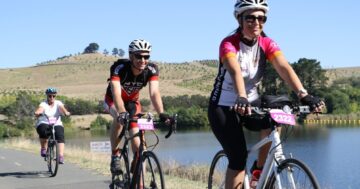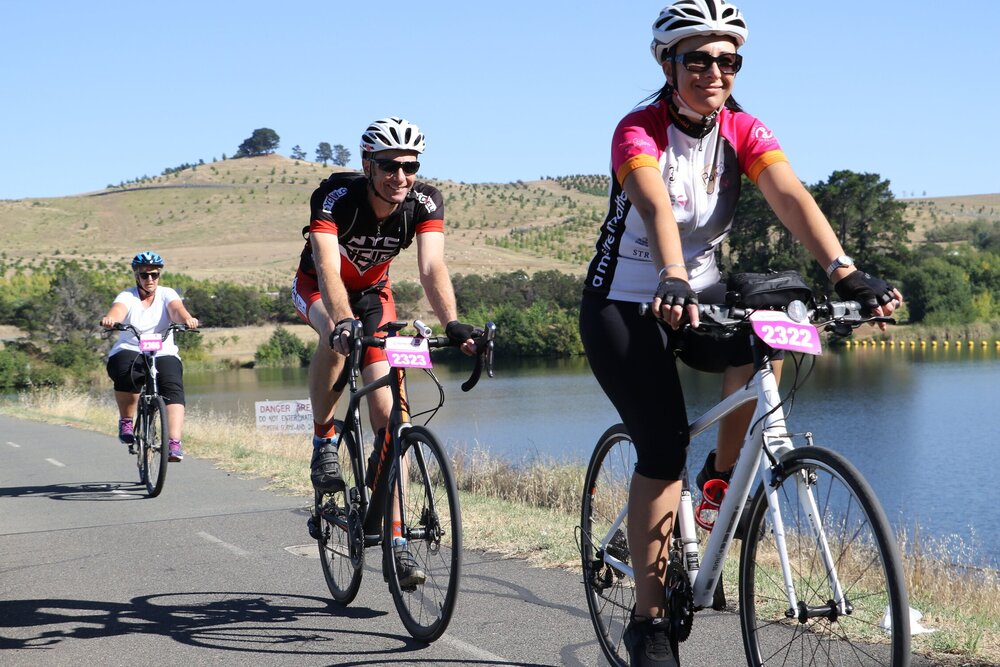
Pedal Power’s submission is about making Canberra safer and more supportive of cycling for commuting and recreation. Photo: Supplied.
The ACT Government is being asked to reduce speed limits in Canberra’s suburban streets to just 30 km/h as part of a push to encourage more people to take up cycling.
That’s one option put forward by an advocacy group in its submission for the upcoming ACT Budget.
Pedal Power ACT wants to see Canberra become the leading city for supporting bike riders, and sees the 2023-24 budget as an opportunity for the government to help transform our travel habits.
“The ACT has historically boasted some of Australia’s best cycling infrastructure – infrastructure that is safe, protected, attractive, pleasant to use, and offers genuine convenience to riders,” its submission stated.
“Despite all this, the car remains ‘king’ in Canberra.”
Currently, trips by bike represent less than 2.7 per cent of the 1.3 million trips Canberrans make every day, with many locals indicating they’d be interested in taking up cycling more regularly – they just don’t feel the current infrastructure network is safe or convenient enough to do so.
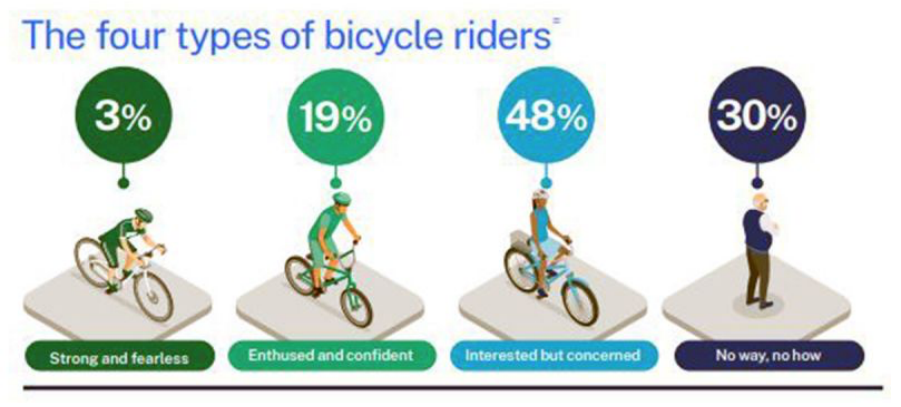
Pedal Power submitted many Canberrans are interested in taking up regular cycling, but don’t feel the network is safe or convenient enough. Photo: Pedal Power Budget submission.
One solution? Reduce speed limits to 30 km/h on all suburban streets and in town centres.
“[As well as] ensure streets and intersections are redesigned with temporary and then permanent physical barriers to prevent drivers from speeding,” the report stated.
The submission points to low-traffic neighbourhood (LTN) models being used in the UK, which aim to reduce ‘rat running’ by making car use more difficult but still possible, thus encouraging people to use footpaths and quieter local streets.
“Building infrastructure to reduce motorised traffic speeds will improve safety and encourage more people to cycle,” the submission stated.
“There is clear evidence that to reduce serious injury risk, speed limits should be lowered to 30 kph.”
Pedal Power wants to see LTNs trialled in Canberra suburbs, to be tweaked based on community feedback.
This would complement another section of its submission, which is to create separated cycling infrastructure across the city.
Pedal Power submitted that it understood separated cycle lanes or off-road cycle-only paths couldn’t be built on every road, which is where the 30 km/h speed limit and LTN model would step in.
It said while the ACT Government had invested in some “nation-leading cycling infrastructure projects” in recent years, gaps remained.
“When Pedal Power asked Canberrans in early 2022 what would sway them to cycle instead of driving, 58 per cent of respondents said a direct cycleway, separated from cars and pedestrian traffic,” the submission stated.
“Forty-one per cent they said would ride for transport if they didn’t have to ride on the road.”
A draft Active Travel Plan has been developed for the ACT, but as a top priority Pedal Power wants to see the proposed connected, safe and convenient cycle network be implemented within the next five years.
Other gaps identified include a lack of secure bike parking and other end-of-trip facilities in each of Canberra’s town centres, the need to upgrade lighting across all active travel streets and separated bike paths, and the potential to establish an annual ‘car-free day’.
Pedal Power also points out cycling isn’t restricted to commuting, with recreation also an important outlet.
It wants to see the maintenance budget for Stromlo Forest Park increased by $300,000 each year, and the delivery of the 2020 election promise to build a ‘flow’ style mountain biking trail from the park to the Cotter Recreation Area.
Lastly, Pedal Power has called on the government to develop more walkable and cyclable neighbourhoods, adopting the concept of ’15-minute cities’ where everything can be accessed within a quarter of an hour radius by foot or bike.
“The 15-minute city is a way to enhance everyone’s freedom, allowing us all to live close to services and to not be forced to rely on a car to get the things we need,” its submission stated.
“Public transport is also an essential element … [it] is particularly useful for those trips that are not achievable in 15 minutes by foot or bike.
“Many cyclists already use public transport, whether they park their bike at a tram or bus stop, or they put it on to a bus or light rail vehicle.”
Its submission sets out how this could be achieved for each Canberra region – Ginninderra, Yerrabi, Kurrajong, Murrumbidgee and Brindabella – which can be viewed in full online.












